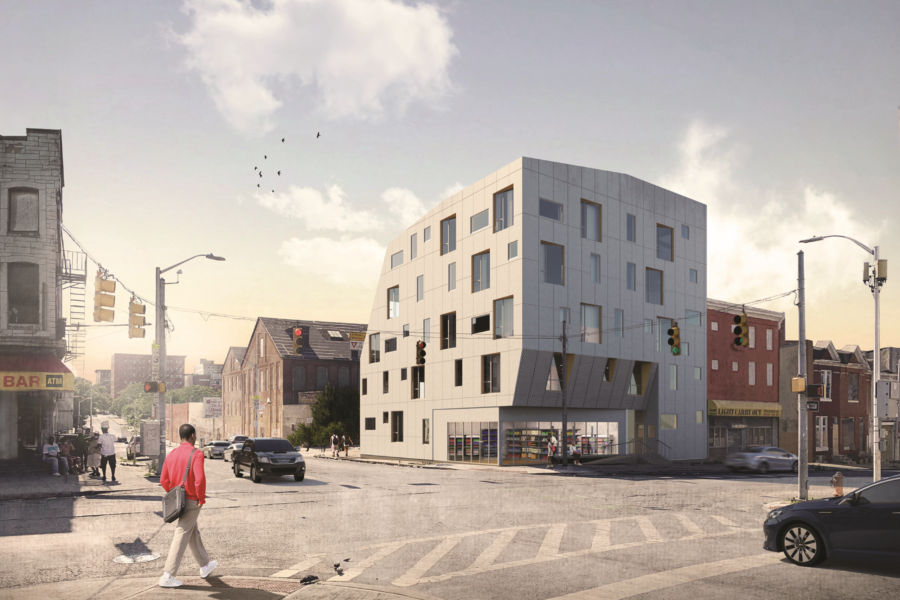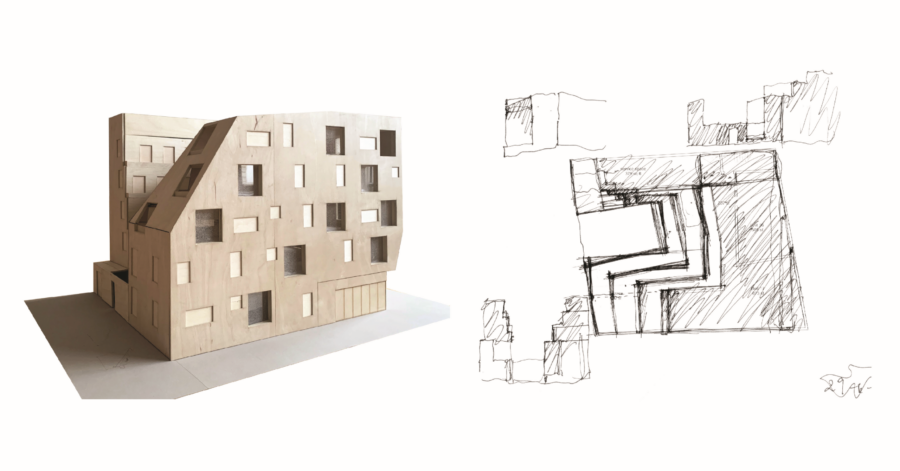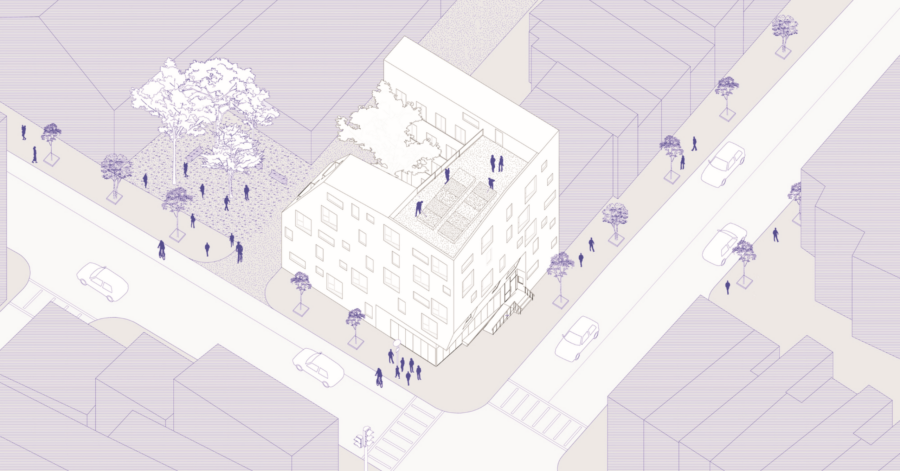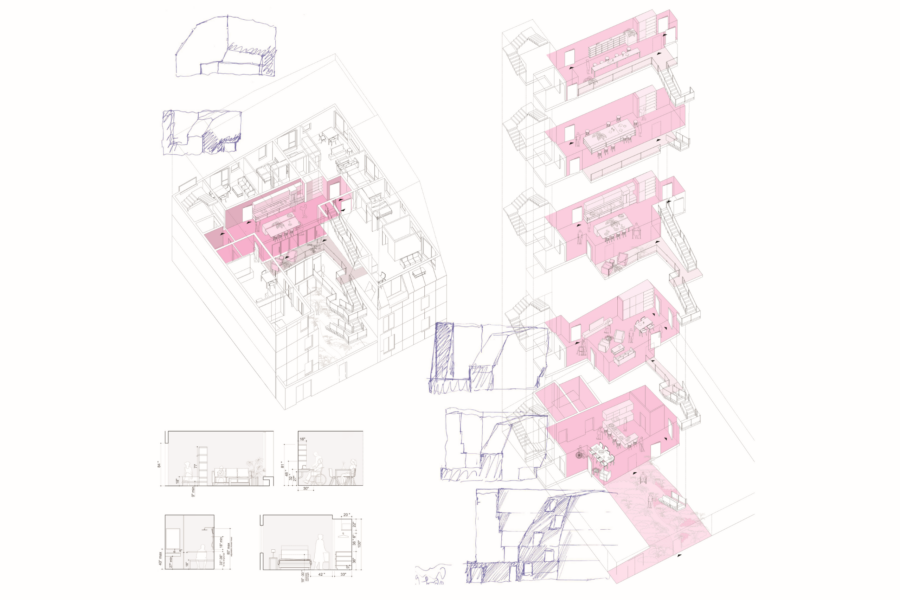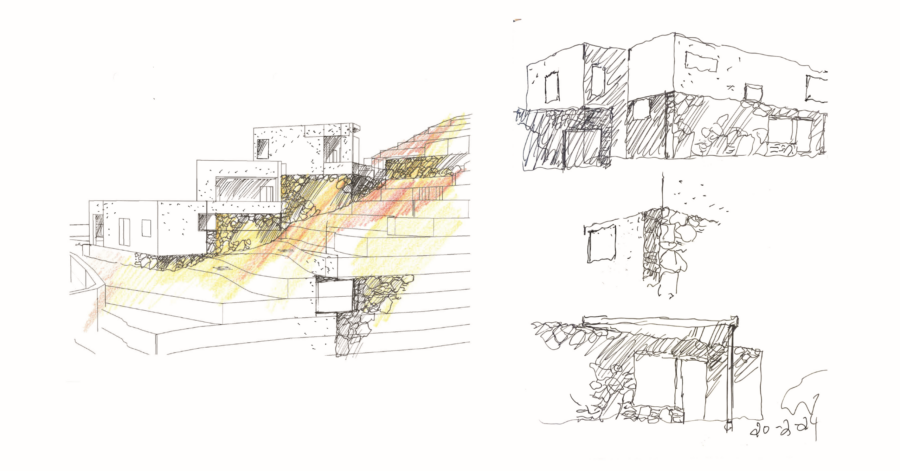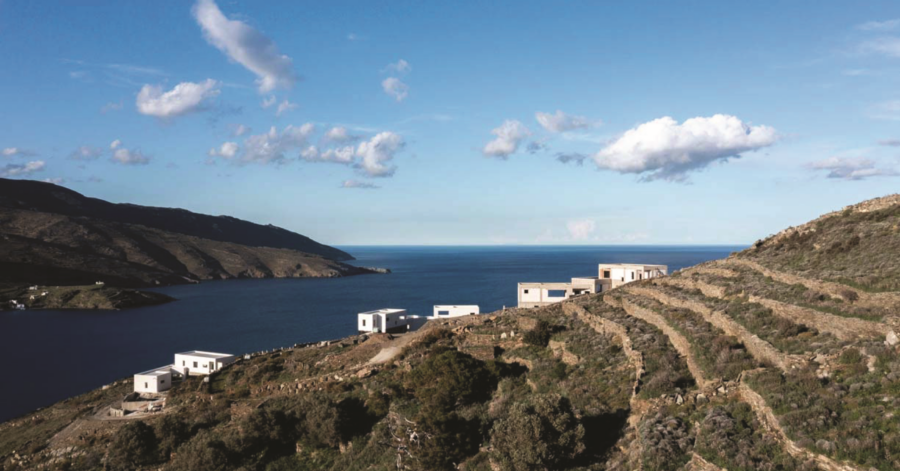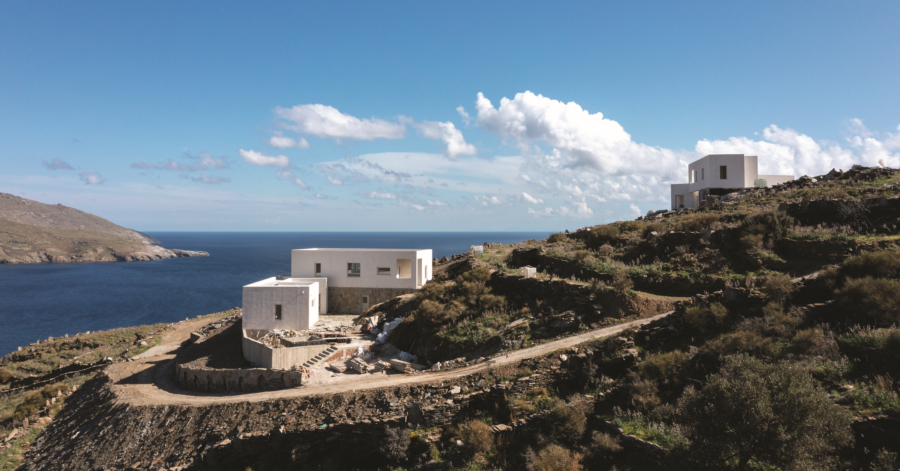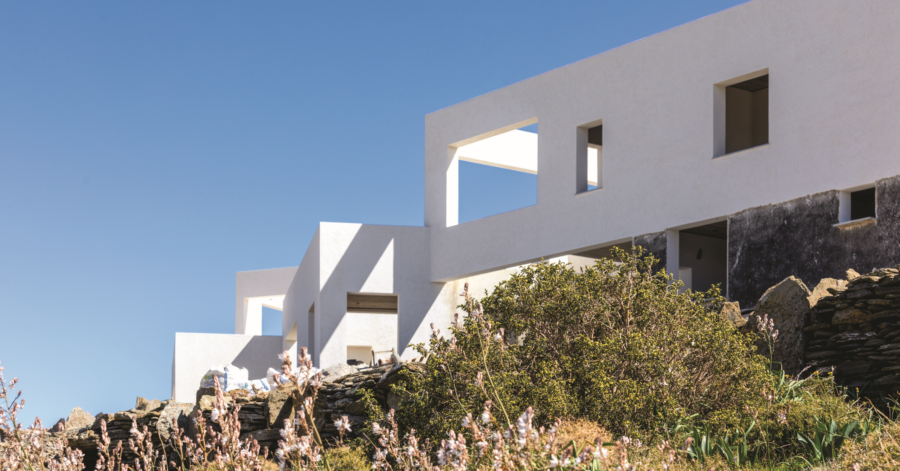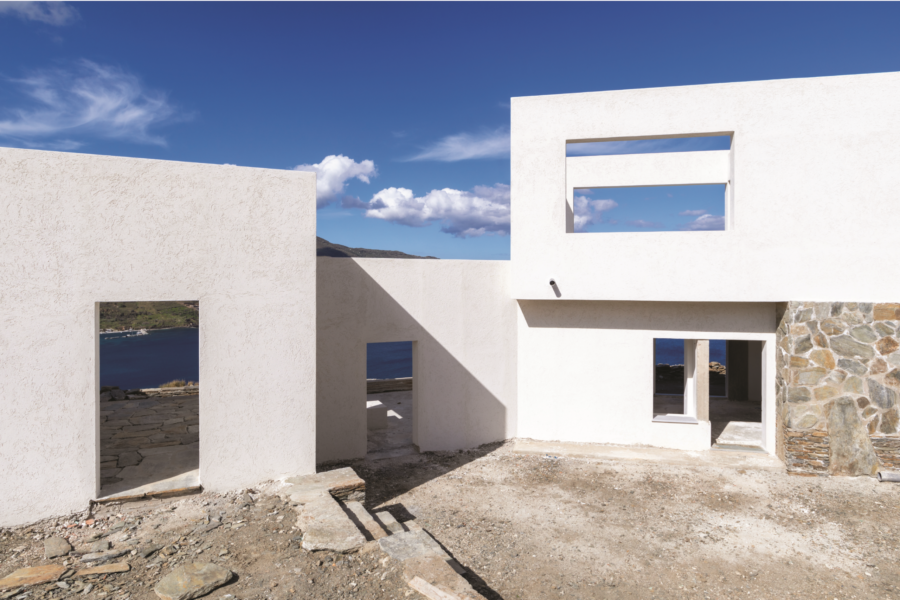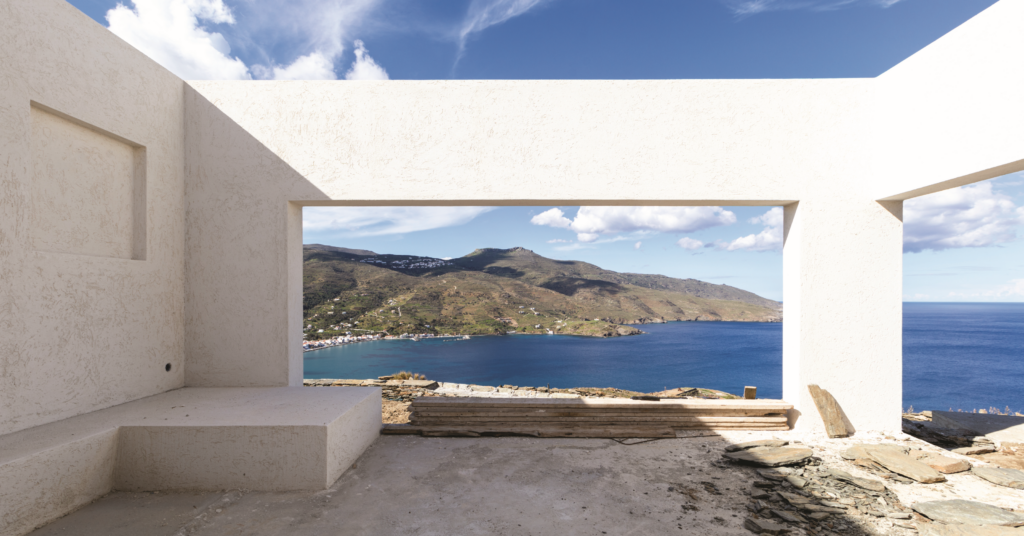
Through sketches, drawings, models and video projections, the exhibition promises a thought-provoking design exploration of emergent forms of domesticity that challenge conventional notions of private and collective space.
“Dialogues” in this context refers to multiple back-and-forth interactions between research and practice, building and city, object and landscape, user and designer. These dynamic ‘conversations’ define, shape, and nourish the creative process and architectural outcome.
The Carehaus projects on display, for example, reimagines conventional architecture typologies of care by introducing a new care-based co-housing model for families, caregivers, older and disabled adults. A co-habitation approach which offers both caregivers and older adults independent units in addition to a series of shared spaces that enhance communal programs, intergenerational activities, as a new kind of space for care. Developed and led in collaboration with co-founders Marisa Morán Jahn and developer Ernst Valery, the Carehaus model builds off co-design sessions with residents of two underserved neighborhoods in Baltimore and Chicago, where Carehaus buildings are to be constructed.
The Korthi houses in Greece offer a contemporary interpretation of Cycladic architecture while creating a type of “gathering home” model designed for families scattered across different geographies. Situated on the southern hillside of Korthi Bay on the scenic island of Andros, the houses are designed around a series of interconnected indoor-outdoor shared spaces, fostering interactions among siblings, cousins, parents, children and friends. By incorporating the traditional stone terraced landscape into the design, the layout and movement within and between the houses are intuitively guided, enhancing the overall experience of collective living in connection with its natural setting.
The exhibition “Architecture Dialogues” is underscored by its prestigious venue, the iconic Villa Tugendhat. Designed by Ludwig Mies van der Rohe in 1930, the Villa stands as a testament of family house innovation. The Villa has been fully restored to its original form to become a national treasure of the Czech Republic as part of the Brno City Museum – as an ideal forum showcasing innovative ideas in architecture. As such the exhibition fosters a meaningful dialogue between new ideas of housing over time.
Exhibition opening: Tuesday 9 April 2024, 18:00
Exhibition: 10 April – 9 June 2024 (accessible without reservation for free Tue–Sun 10:00–18:00)
The exhibition is situated on the technical ground floor of Villa Tugendhat.
Author of the exhibition: Rafi Segal, MIT – Massachusetts Institute of Technology, Cambridge, USA
Curators of the exhibition: Tadeáš Goryczka, Jaroslav Němec, Kabinet architektury, z. s., Ostrava
Villa Tugendhat curator: Michal Kolář, Brno City Museum, Study and Documentation Centre – Villa Tugendhat
Exhibition design team: Kevin Malca, Ous Abou Ras, Minghao William Du, Stav Dror
Graphic design: Ben Fehrman-Le
Korthi Houses photographs: Mariana Bisti
Models and co-production of the exhibition: Tomáš Pavlica, Matěj Smička, laservbrne, Brno
UV printing of panels: PrintHouse Morava s.r.o., Ostrava
Patronage of the exhibition was granted by:
JUDr. Markéta Vaňková, Mayor of the City of Brno
U.S. Embassy in the Czech Republic
Embassy of the State of Israel in the Czech Republic
Society of Czech architects
Rafi Segal (*1967) is an architect, urban planner and scientist who studied architecture at the Technion – Israel Institute of Technology, where he received an engineering degree, followed by a PhD at Princeton University. In the years 1992–2000, he collaborated with architect Zvi Hecker on the project and realization of the Palmach Museum, which is located in Tel Aviv.
Rafi Segal A+U studio currently based in Boston and its work includes projects and research in the field of architecture and the search for new urban solutions. Parallel to his architectural practice, Rafi Segal is engaged in academic activities, where, among other things, he lectured architecture and urbanism to design graduates at Harvard, at New York’s The Cooper Union School of Architecture, and also imparted his experience to graduates of GSAPP Architecture, Planning and Preservation at Columbia University.
Since 2015, Rafi Segal has been working at MIT (Massachusetts Institute of Technology, Cambridge, USA), where as an Associate Professor of Architecture and Urbanism he is currently focusing on the topic of how emerging ideas about sharing and collectivity can influence the typology and design of buildings and how these factors can to influence the shaping of cities. He exhibited his visions and works at, among others, The Museum of Modern Art in New York, the Storefront for Art and Architecture (NY), KunstWerk in Berlin, the Rotterdam Biennale of Architecture and the Biennale of Urbanism in China (Hong Kong/Shenzhen).
In 2021, at the 17th International Architecture Biennale in Venice, his installation, created in collaboration with Sarah Williams, Marisa Morán Jahn and Greg Lindsay, represented MIT and a theme connected to his current interests, such as ´Architecture as a dialogue´ with reference to civic space and defining the contemporary home.


